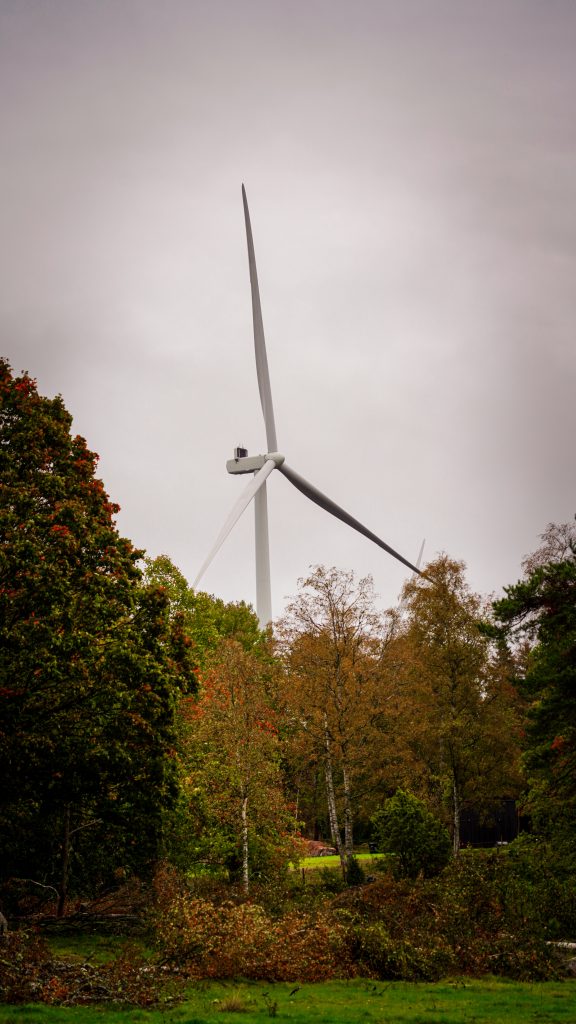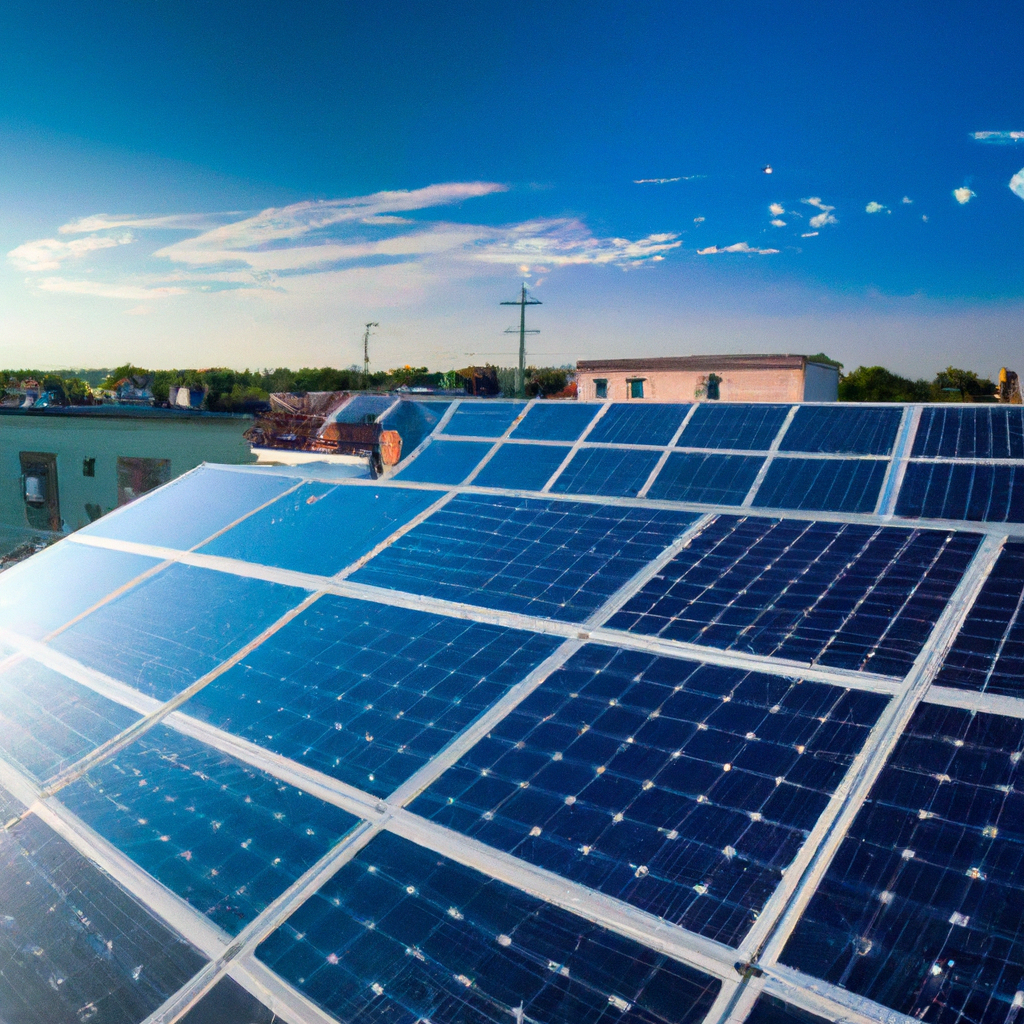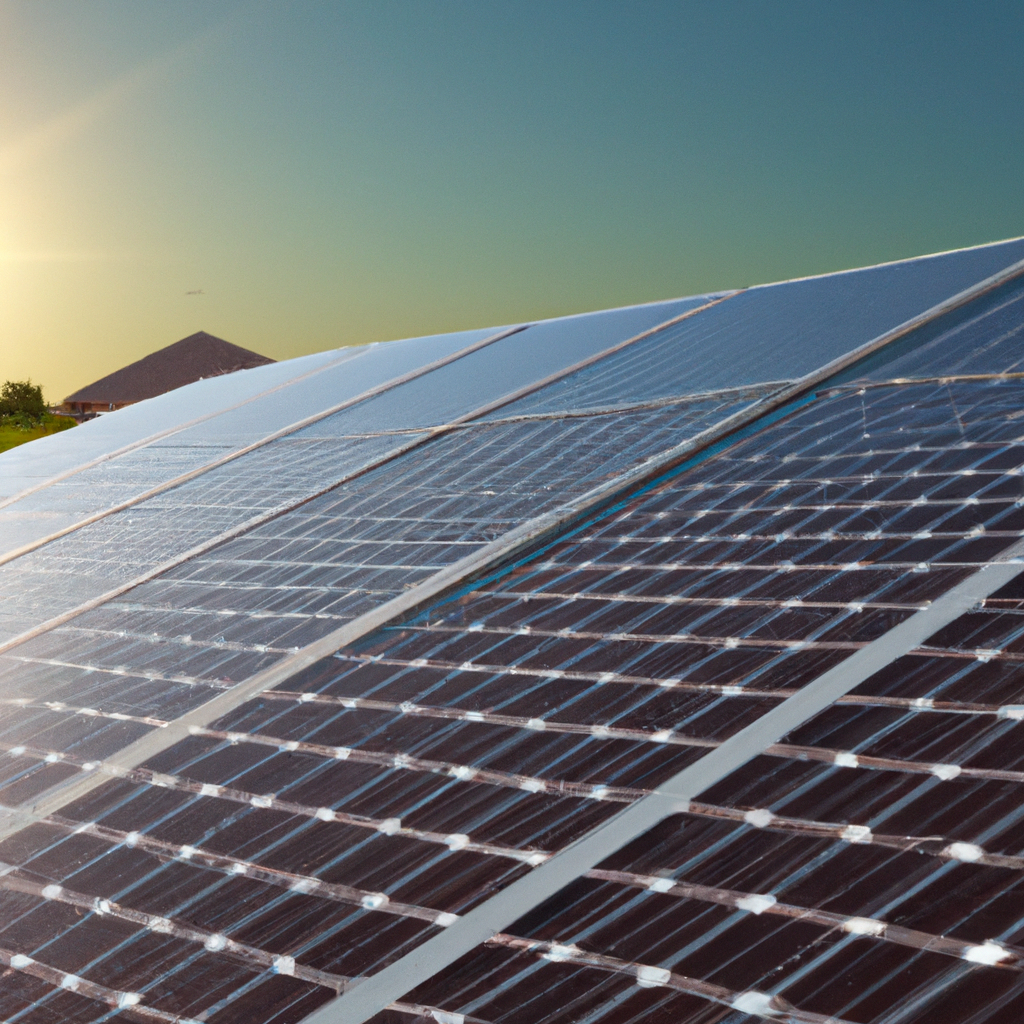How Much Solar Do I Need
As an Amazon Associate, I earn from qualifying purchases, at no additional cost to you. Disclaimer
In this informative read, “How Much Solar Do I Need,” I’m reaching out to share some insight and reveal the mysteries behind solar power. I aim to guide you through the process of determining just how many solar panels you would need to power your home or business. Given today’s rising energy costs and the urgent need for sustainable living, we’ll explore the variables, facts, and figures that play a huge role in this significant decision-making process. I’ll lay out the roadmap to understanding your unique energy needs and how solar energy could potentially solve them. It promises to be a journey filled with enlightening facts and useful knowledge!

Understanding Solar Energy
Solar energy stems from the light and heat emitted by the sun. Its impressive harnessing capabilities have made it a valuable source of renewable energy that’s on the rise.
Basics of Solar Energy
Solar energy is used and converted into usable power through solar panels. These direct sunlight towards the solar cells, where the sun’s photons are then transformed into electricity through a process called photovoltaic effect. This is a continuous process that only needs sunlight and solar panels to create a steady flow of electricity.
Importance of Solar Energy
By substituting traditional energy sources with solar power, we significantly cut down on pollution emitted by nonrenewable sources of energy. Solar energy is abundant, renewable, and has the potential to satisfy a significant percentage of global energy needs. Moreover, it is a cost-effective way to generate power for both residential and commercial use.
Solar Energy Conversion
The conversion process starts with sunlight hitting the solar panels. They absorb sunlight with a layer of silicon, boron and phosphorus, creating a stream of electrons. These electrons form a current, which the panels convert into direct current (DC) electricity. An inverter then converts this DC electricity into alternating current (AC) electricity, ready for daily use in homes and businesses.
Assessing Your Solar Needs
Go through your house, and take a note of all electricity-consuming devices. This includes lights, appliances, gadgets, water heaters, and HVAC systems, to name a few.
Identifying Electrical Appliances
Identifying electrical appliances in your homes or offices is the first step. Start by listing all the devices ranging from the simple everyday ones such as kitchen appliances and lighting fixtures, to more significant electricity consumers like heaters and air conditioners.
Rating Systems of Appliances
Now, you should understand the energy rating of your electrical devices. Each appliance comes with a label stating the power it consumes in watts.
Usage of Appliances
Next, you need to estimate how long each device is used daily. This will allow you to gauge how much power draw you need from your solar panels.

Calculating Energy Consumption
To plan your solar power requirement effectively, you need to be able to accurately calculate your energy consumption.
Understanding Energy Bill
Take the time to understand your energy bill as it plays a critical part in determining your solar needs. Your bill includes information on how much energy you use, expressed in kilowatt-hours (kWh).
Determining Daily, Monthly, Yearly Energy Use
Estimate your daily, monthly and yearly energy consumption. Add up the energy usage of each device (Wattage x hours used per day), and then sum up every device’s daily use for a total estimate.
Converting Energy Use to Solar Energy Requirements
Your total energy use can then be transformed into solar energy needs. This conversion takes into account factors such as the hours of sunshine you receive and will guide you on how much solar capacity you need.
Choosing the Right Solar Panel System
Depending on your needs, various solar panel systems are available to choose from.
Types of Solar Panel Systems
There are three main classes of solar panel systems: monocrystalline, polycrystalline, and thin-film. All come with their unique attributes and how efficient they are at converting solar energy.
Understanding Solar Panel Efficiency
Solar panel efficiency relates to a solar panel’s ability to convert sunlight into usable electricity. Higher efficiency levels mean you need fewer solar panels to meet your energy needs which can be a space saver.
Identifying the Best Solar Panel System for Your Needs
The solar panel system you choose should cater to your specific energy needs and constraints such as budget, roof space, and personal preference.

Solar Panel Installation
The installation process is equally as fundamental as choosing the correct system.
Determining Optimal Location for Panels
Identifying the best location for your panels to harness maximum sunlight is crucial. This usually is south-facing roofs or an unobstructed location on your property.
Understanding Solar Panel Installation Process
Get acquainted with the entire installation process. Working with a seasoned solar installer can help ensure proper installation and orientation.
Cost Considerations
The cost of solar panel installation varies depending on the size of the system, hardware, preparation work, and labor.
Environmental Factors and Solar Energy
Solar energy performance is heavily dependent on environmental factors such as geographical location, seasonal changes, and local weather conditions.
Role of Geographic Location
The location of your property plays a massive role in your solar gain. Equator-facing locations benefit from direct sun and thereby yields more power.
Effects of Seasonal Changes
Different seasons come with varying hours of daylight and sun strength, which will influence your solar power production.
Influence of Local Weather Conditions
Weather conditions like cloud cover or dust can obscure sunlight and reduce panel performance.

Grid-Tied vs Off-Grid Solar Systems
Knowing the difference between grid-tied and off-grid solar systems will help decide which one fits your needs better.
Understanding Grid-Tied Solar Systems
A grid-tied system connects your solar panels to the local electricity grid. It allows you to feed excess power back into the grid or draw from it when your panels aren’t producing enough electricity.
Pros and Cons of Off-Grid Solar Systems
Off-grid means your system is independently functioning. While this offers the boon of energy independence, it also requires significant battery storage and backup power.
Deciding Between Grid-Tied and Off-Grid Systems
Consider costs, lifestyle, and location when choosing between these two systems.
Financial Considerations
While solar panel systems require an upfront capital investment, they can also provide considerable economic profits.
Cost of Solar Panel Systems
Prices have dropped significantly over the years making solar energy more affordable. Costs vary depending on system size, installation complexity, and incentives available.
Government Incentive and Subsidies
Various government incentives and subsidies can dramatically reduce the net cost of solar panel systems, making them a cost-effective solution.
Return on Investment
Your return on investment will come through reduced or eliminated electricity bills, and in some cases, even generating income through power sold back to the grid.

Maintenance and Longevity of Solar Panel Systems
Understanding the lifespan and maintenance requirements of your solar panel system is essential for its optimal performance.
Understanding Lifespan of Solar Panels
The average solar panel lasts between 25 and 30 years. However, this doesn’t mean that they stop producing electricity after this period but their power output decreases marginally.
Maintenance Requirements
Maintaining your solar panel systems usually involves regular cleaning and occasional checks by a professional technician to ensure optimal performance.
Addressing Potential Repairs
Warranties can help cover the cost of repairs if any issues arise.
Future Solar Needs
Another essential factor to consider are your future solar needs, as your energy requirement today may not be the same in a few years.
Predicting Future Energy Needs
Understanding your future needs can be a bit challenging but thinking about potential changes like EV charging or home expansions can help to plan for more solar power.
Expanding Your Solar Panel System
If you reckon you’ll need more energy over time, designing a scalable system that lets easy addition of more solar panels in the future is a good solution.
Keeping up with Advancements in Solar Technology
Staying tuned to advancements in solar technology and energy storage will enable you to reap the most benefits of your solar panel system.
Solar energy is undeniably the way forward to sustainable living. By understanding your energy consumption and the solar potential, you can effectively meet your solar needs. It’s a win-win situation, combating climate change by reducing reliance on fossil fuels and saving considerable amounts on energy bills at the same time.




